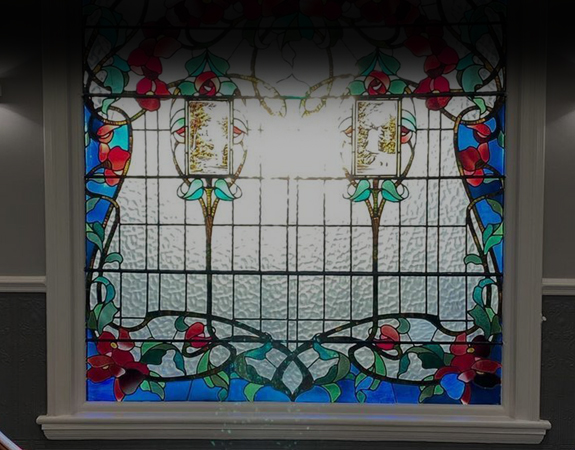When is it Necessary to Extract a Tooth?
All the dentist in Leeds City Dentalcare will do their best to help your natural teeth last as long as possible, but sometimes the tooth may be too badly damaged or infected to save. In this case extraction may be the only possible choice, and will be necessary to prevent the infection from spreading.
Infected Teeth
A tooth can become infected if the pulp or central part of the tooth is exposed to bacteria through decay or damage. If not treated soon enough then the infection can spread out through the roots of the tooth and into the surrounding tissue and bone. This can cause a dental abscess, and is something that can be extremely painful. Infected teeth can often be saved through having prompt treatment, usually root canal therapy. This is a very conservative treatment and is usually successful, but occasionally it may fail or the tooth might fracture leaving little option but to extract it.
Problems with Wisdom Teeth
Tooth extraction may also be required if you have problems with your wisdom teeth. Many people simply don’t have sufficient room in the mouth for wisdom teeth to erupt normally, and they can often become impacted. If you are a regular patient at our Leeds surgery then Dr David Brown or whoever you see will have been keeping an eye on your wisdom teeth. They will let you know if your wisdom teeth require extraction. This wait-and-see approach ensures they will be extracted before they can affect the adjacent teeth. If you haven’t visited a dentist for a while, and think your wisdom teeth may be causing you problems then it’s best to make an appointment with our Leeds surgery.
What Happens during a Tooth Extraction?
You will be given a local anaesthetic before your tooth is removed to ensure you are kept comfortable. A diseased or damaged tooth is often loose and requires very little force to remove. Once the tooth is removed then the socket will bleed a little, and you’ll be given a gauze pad to bite down on to help stop the bleeding. After a short while a blood clot should begin to form in the socket, beginning the healing process.
Afterwards you may experience a little bit of discomfort, and it’s the best to avoid eating on that side of your mouth until the socket has settled down. You might notice a little swelling around the extraction site but this should soon subside. You still need to continue brushing your teeth but should avoid the extraction site for a day or two. You may want to use an antimicrobial mouthwash, or alternatively you could try rinsing your mouth with a warm salt water solution as this will help alleviate swelling and any pain.
Tooth extraction is far less scary than you might think, and most people have minimal discomfort afterwards. It is important to take care of the extraction site and to make sure it doesn’t get infected, or that you don’t dislodge the blood clot that forms in the tooth socket. Any problems are rare, but if you notice the extraction site is becoming more painful a few days after the tooth was removed then it’s best to contact a dentist in Leeds for advice. Very occasionally a condition called dry socket may develop which will require additional treatment.




